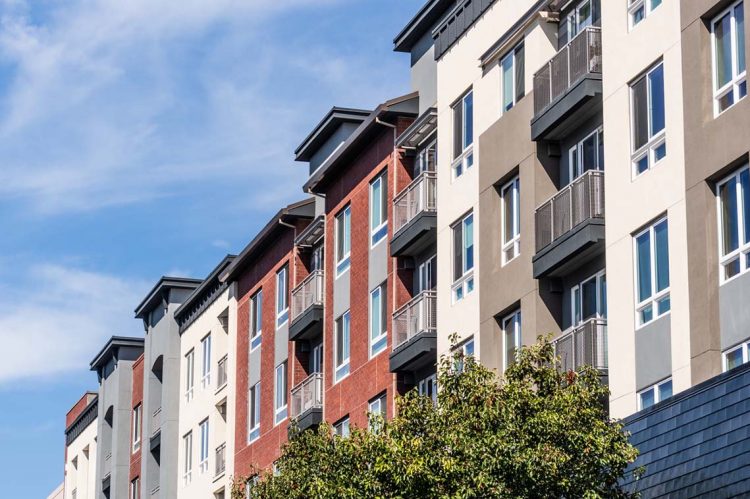Right along with their home-price counterpart, U.S. rental prices have risen to record highs across the country this year. A recent report by Clever Real Estate found that the national median rent price rose 149% from 1985 to 2020, while overall income grew just 35% in the same time period.
If rent prices grew at the same rate as income since 2000, the median rent in 2020 would cost $586 per month instead of $894—about 34% less, the study found, however, since 2000, rent prices have doubled in half of the 50 largest U.S. cities, with rates tripling in Nashville, Tennessee and San Antonio, Texas.
Here are some additional key findings:
Although renting remains cheaper than buying for most households nationwide, rent price increases since 2000 actually surpassed home price gains in seven metros:
- Detroit, MI
- Chicago, IL
- New Orleans, LA
- Birmingham, AL
- Richmond, VA
- San Antonio, TX
- Nashville, TN
Five of the 50 most-populous metros have a rent-to-income ratio higher than the recommended 30%:
- San Francisco (48%)
- San Diego (40%)
- Miami (33%)
- San Jose, California (32%)
- Los Angeles (31%)
Metros with the lowest rent-to-income ratio include:
- St. Louis (12%)
- Oklahoma City (13%)
- Cincinnati (16%)
Why rent prices are increasing
According to the report, soaring inflation, which jumped from 1.2% in 2020 to 7.5% in 2021, can account for some of the surge in rental rates. But since 2000, the median rent price has exceeded the inflation rate by 29%. During that time, the rental rate rose 90%, while inflation rose 70%.
A number of social and economic factors determine rent prices, including:
- A competitive housing market: The median home sale price rose nearly 17% to $346,900 in 2021, according to the National Association of Realtors. The expensive market has priced many would-be millennial home buyers out of the market. Millennials who can’t afford homes are choosing to rent and rent for longer.
- High demand, low supply: Demand for apartments is booming, but the number of available units is scarce, giving landlords leverage to raise rates. New apartment construction hit a five-year low in 2020, with 83% of multifamily developers reporting construction delays. The costs of building supplies, such as lumber and plywood, are also rising to near record highs.
- Rent relief programs: Some cities and states implemented rent freezes to help keep rates low for struggling families during the pandemic. Those measures have largely expired, and landlords are factoring nearly two years of increases into their current rates.
- Migration: With remote work options available, wealthy tenants are moving out of expensive hotspots to more affordable cities, where they have greater purchasing power for luxury apartments.
The takeaway:
“The consistent preference for more space has driven the median monthly rate for a three-bedroom rental up 169% since 1985—the greatest increase among all units,” writes Jaime Dunaway-Seale, content writer at Clever Real Estate and author of the report. “However, one-bedroom apartments have shown the most rapid growth in the past two years as millennials—now predominantly in their 30s—want a place of their own without roommates.
She continued, “As millennials get married and have children, demand for multiple-bedroom apartments could tick back up in the next decade. In fact, about 36% of cities are building larger apartments to accommodate growing families, remote work and online learning. Whether families will be able to afford it is another matter.”
To read the full report, click here.












